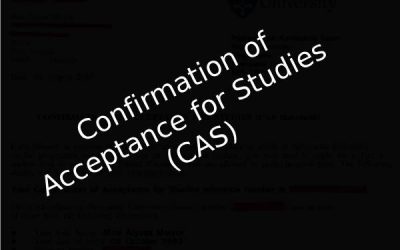Your CV is a vital tool for showcasing your qualifications, whether you’re applying for a job or seeking admission to an academic program. It serves as your highlight reel, often being the first thing a potential employer or admissions committee reviews. A strong CV can open doors, securing you an interview for a job or earning you a spot in a course or scholarship. For employment purposes, it’s your chance to display your skills, work experience, and why you’re the ideal candidate for the role. For academic purposes, it highlights your educational background, research experience and potential to succeed in a scholarly environment. In either case, a well-crafted CV is more than just a document—it’s your opportunity to prove your worth and stand out from the crowd.
CV Writing – Simple Formatting Tips:
Busy reviewers sift through stacks of CVs, often making snap decisions about who gets an interview. To grab their attention, your CV needs to be sharp and simple to read. Here’s how to make it work:
- Pick an easy-to-read font: Go for classics like Arial, Times New Roman, or Calibri, and keep the size at 11 or larger. Avoid anything too decorative—it might look creative, but it can strain the eyes.
- Stick to one style: Use the same font, size, and formatting from start to finish. Consistency signals professionalism.
- Add headings and bullet points: Break up the text so it’s not a wall of words. Headings guide the reader, and bullets highlight key details quickly.
- Keep it short and sweet: No one has time for a novel. Say what matters in as few words as possible.
- Get a second pair of eyes: Typos or awkward phrasing can slip past you. Ask someone you trust to proofread and catch any mistakes.
Let’s make a CV:
1. Contact Information:
- Include your full name, email address, phone number (optional) and professional website or online portfolio (if applicable).
2. Education:
- List your educational degrees in reverse chronological order (most recent first).
- Include the name of the institution, degree earned, field of study, graduation year and any relevant coursework, honors or awards.
- You can also mention ongoing education or certifications here.
3. Experience (if applicable):
- List your experience in reverse chronological order.
- Mention the job you held responsibility for and the institutions you worked with.
4. Awards (optional):
- List any academic awards, scholarships, fellowships or other recognitions you’ve received.
5. Skills:
- Highlight your relevant skills and expertise.
- This could include technical skills, research methodologies, languages, software proficiency or transferable skills like communication and teamwork.
6. Volunteer Work (optional):
- Include any volunteer experiences that showcase your skills and commitment to your field.
7. References:
You don’t have to list references up front—just say “Available on request.” If you do add them, get permission first and choose people who can vouch for your skills, like a past manager or mentor. Don’t share their info on the CV, though.
Always Tailor Your CV:
- Adapt your CV to each specific job application or program you’re applying for.
- Highlight the skills and experiences most relevant to the opportunity.
Remember: Your CV is a professional document that showcases your qualifications for academic or research positions. Invest time in crafting a well-structured and informative CV to make a strong impression on potential employers or scholarship committees.








0 Comments